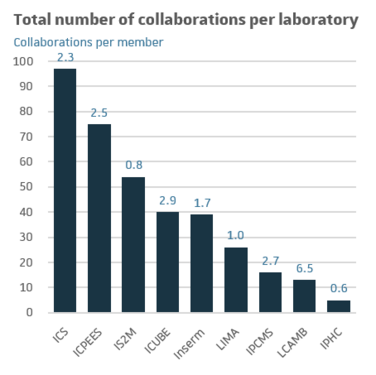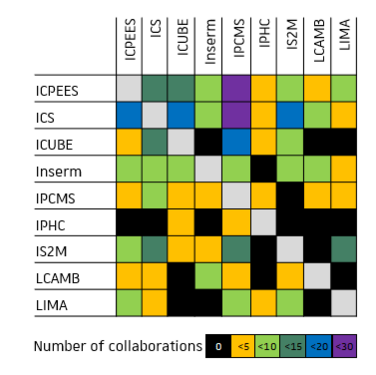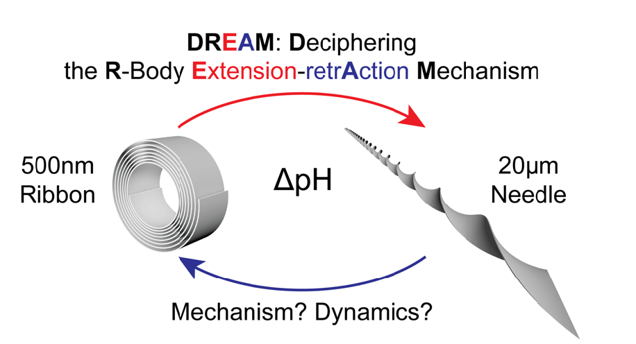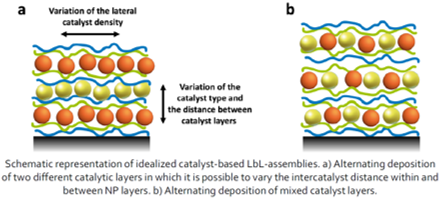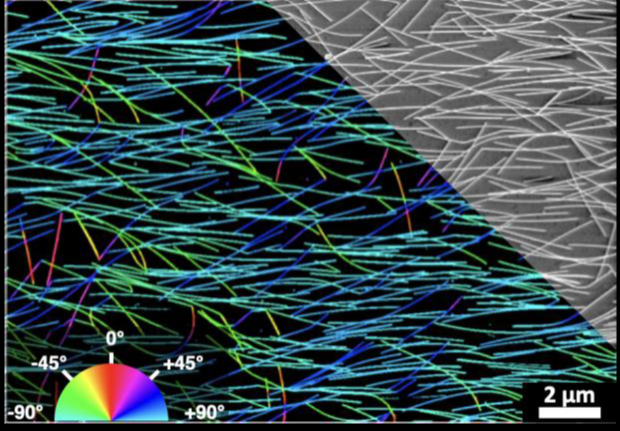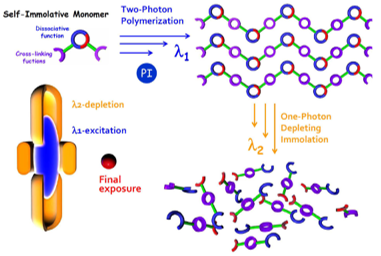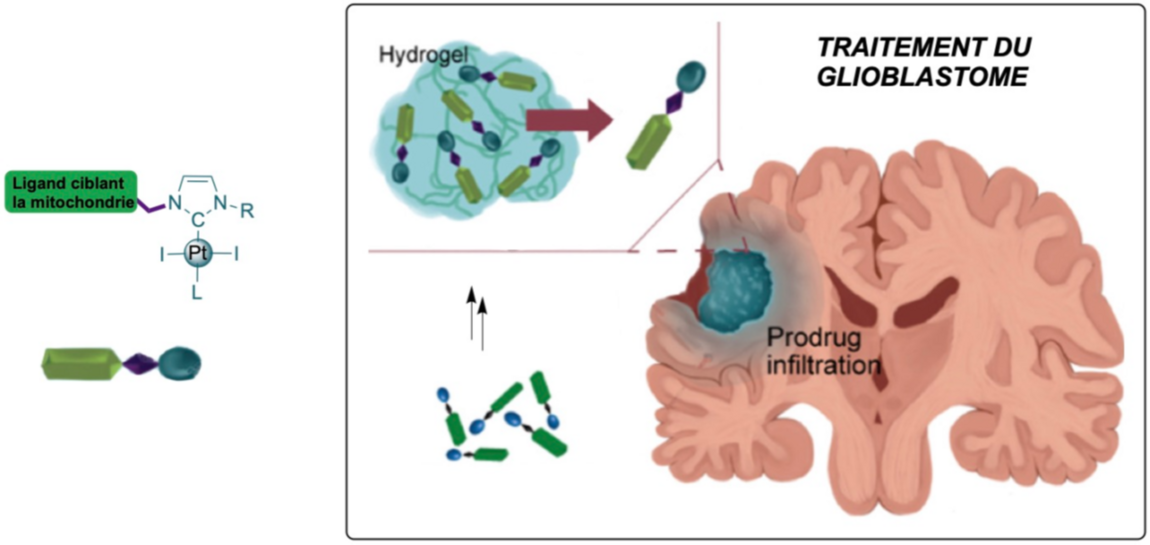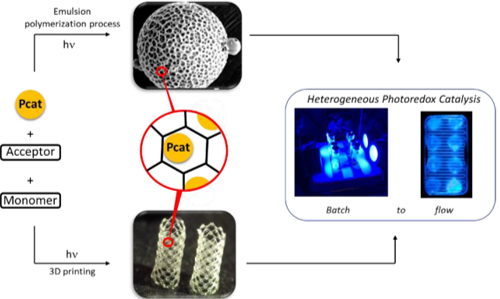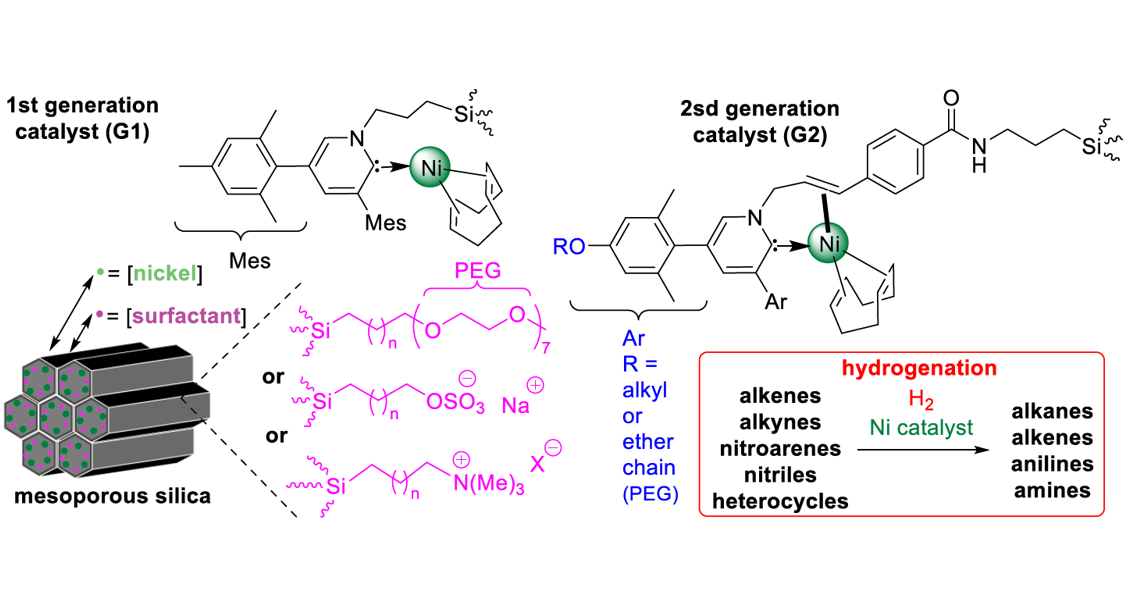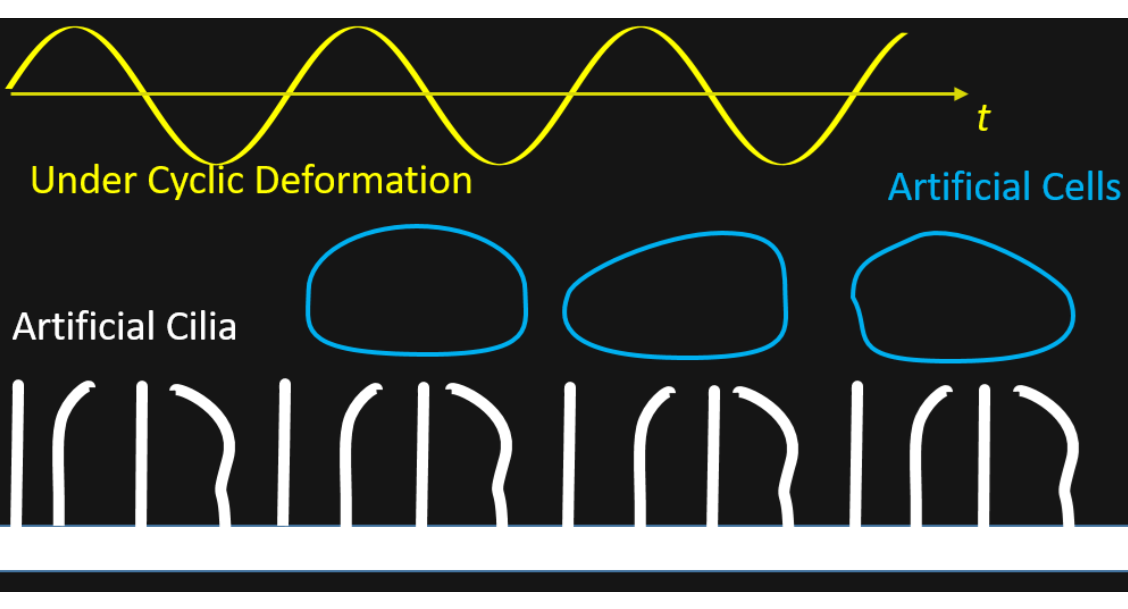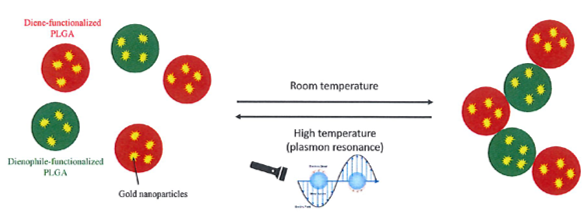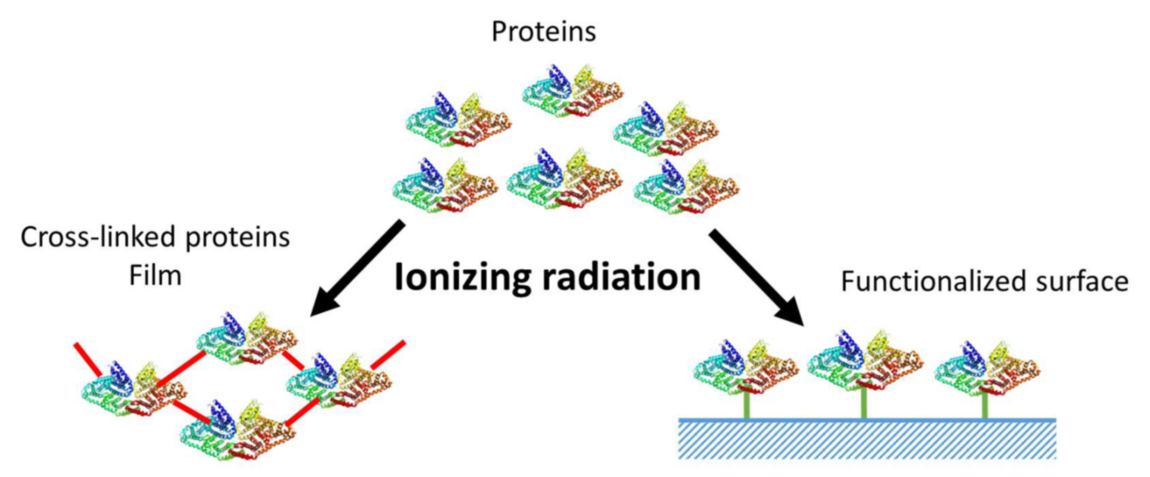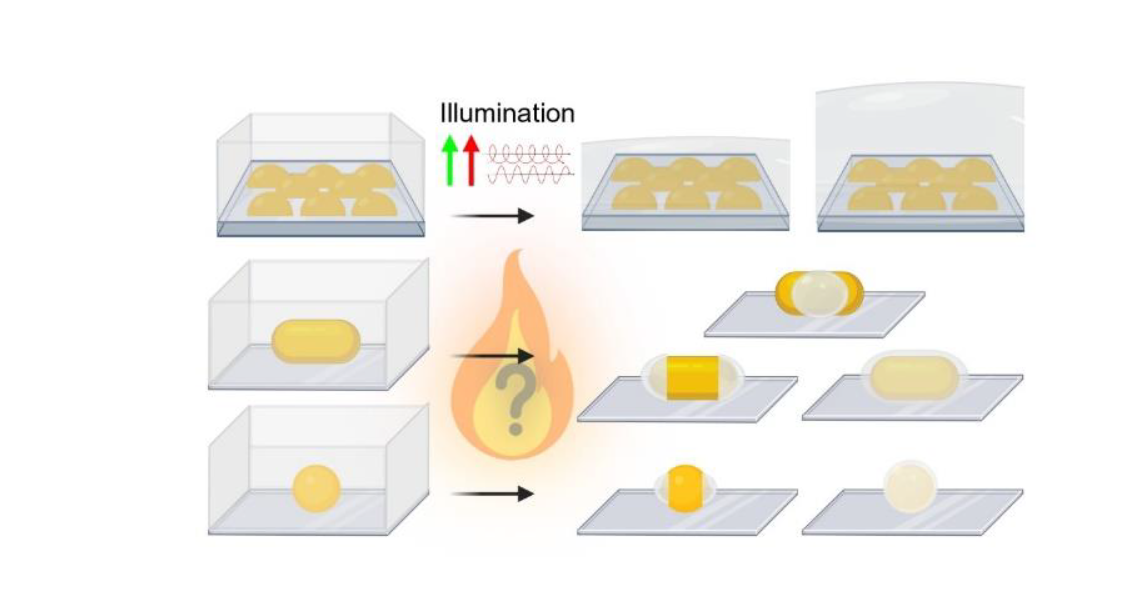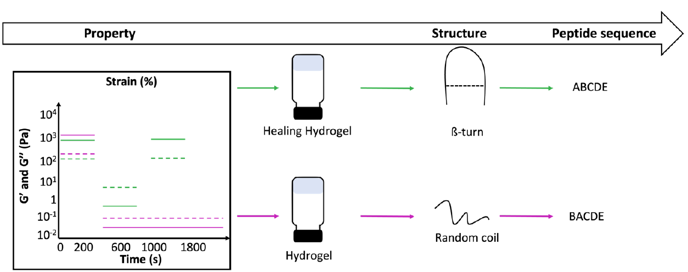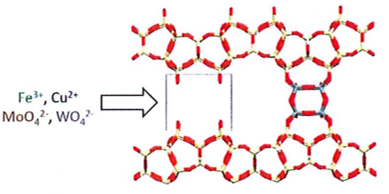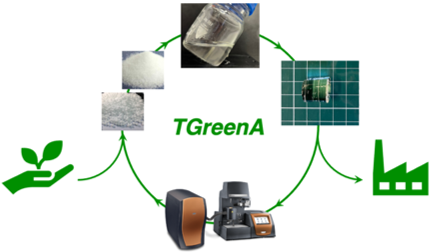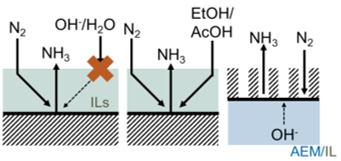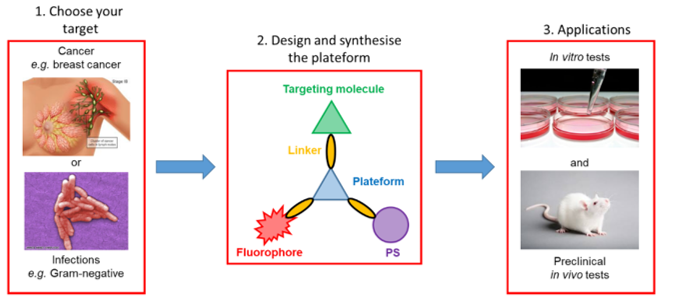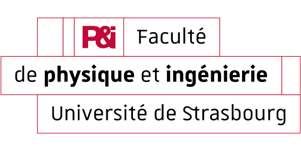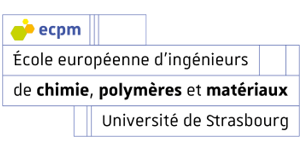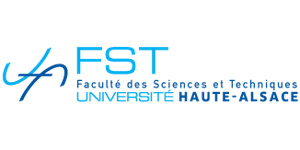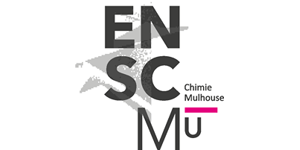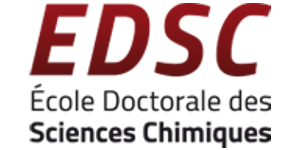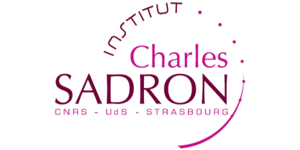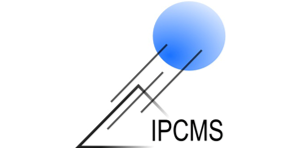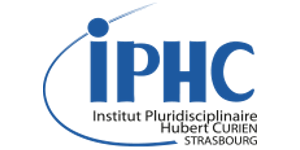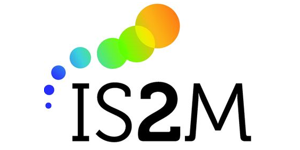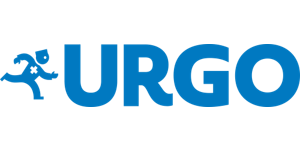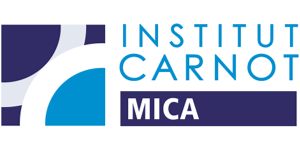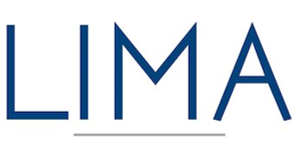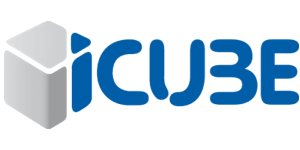The small molecule organic solar cells remain a promising low-cost renewable energy technology. However, their power conversion efficiencies (PCEs) still lag behind their polymer-based counterparts. The relatively low PCEs are usually limited by their low fill factor and short-circuit current, which mainly originate from the phase separation morphology of the active layer (AL). Typically, the ideal morphology implies reasonable molecular crystallinity and large correlation scales, which favour excitons, separation, and charge transport. To improve the morphology, a new concept has been recently investigated, by introducing liquid crystals (LCs) in the AL. According to the literature, these self-organised materials induce a structuring effect in the AL. Furthermore, some LCs are semiconductors and exhibit photoconductive properties; they contribute to charge transport. In this work, a comparative study of the effects provided by discotic and calamitic LCs will be studied. Different methods are used to optimise the orientation of the liquid crystals in the AL (surfactants, magnetic fields...) will also be carried out.


